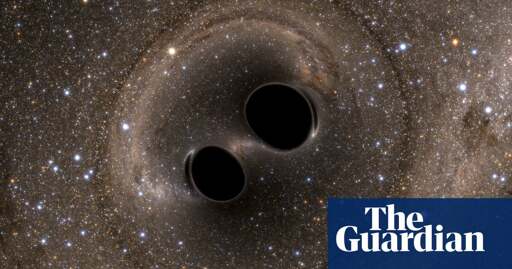Ripples in space-time from collision recorded by gravitational wave detector forces a rethink of how the objects form
Scientists have detected ripples in space-time from the violent collision of two massive black holes that spiralled into one another far beyond the distant edge of the Milky Way.
The black holes, each more than 100 times the mass of the sun, began circling each other long ago and finally slammed together to form an even more massive black hole about 10bn light years from Earth.
The event is the most massive black hole merger ever recorded by gravitational wave detectors and has forced physicists to rethink their models of how the enormous objects form. The signal was recorded when it hit detectors on Earth sensitive enough to detect shudders in space-time thousands of times smaller than the width of a proton.



Ligo provides great science summaries for most publications, here is the one for this.
So it seems 137 and 103 solar masses are the best estimates for each single black hole before merger. Due to uncertainty however, their total mass is in the range of 190-265 solar masses, of which 182-251 remain after merger. The rest of mass is emitted as gravitational waves.